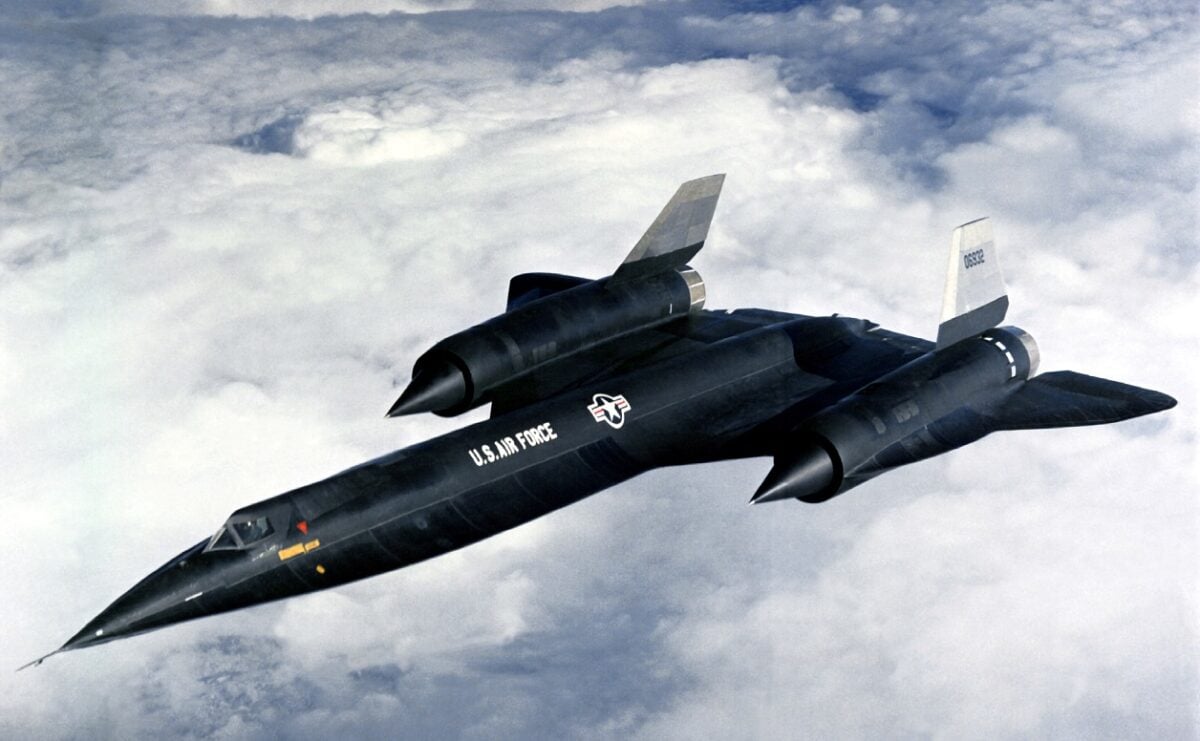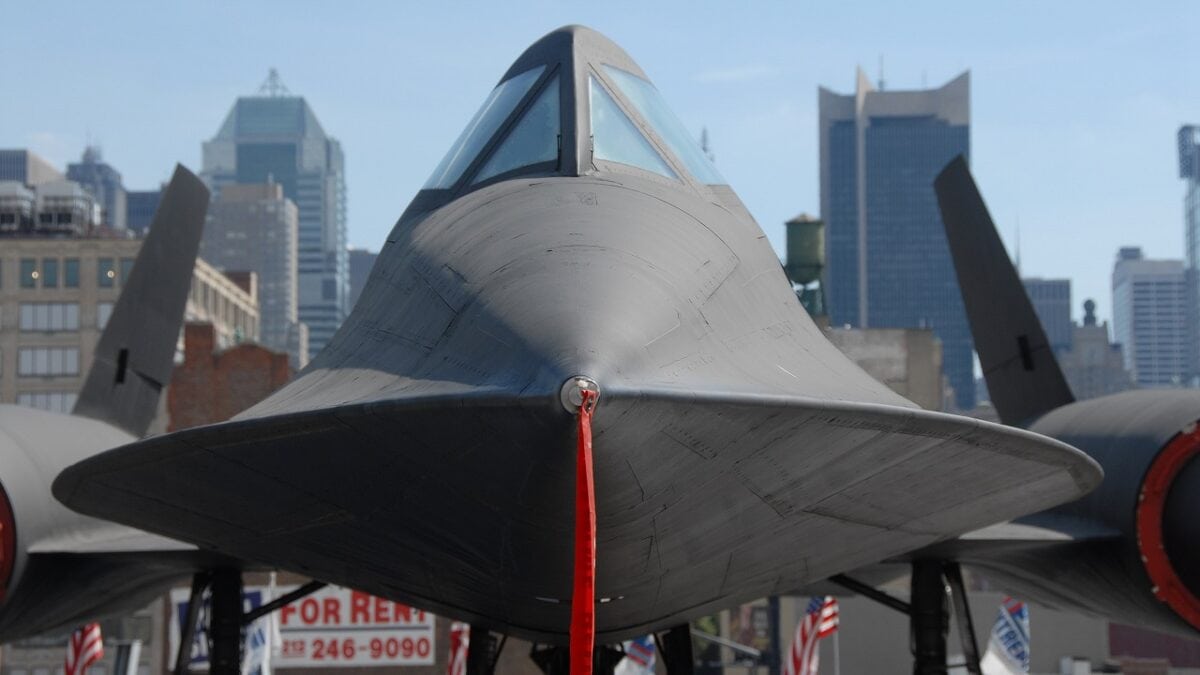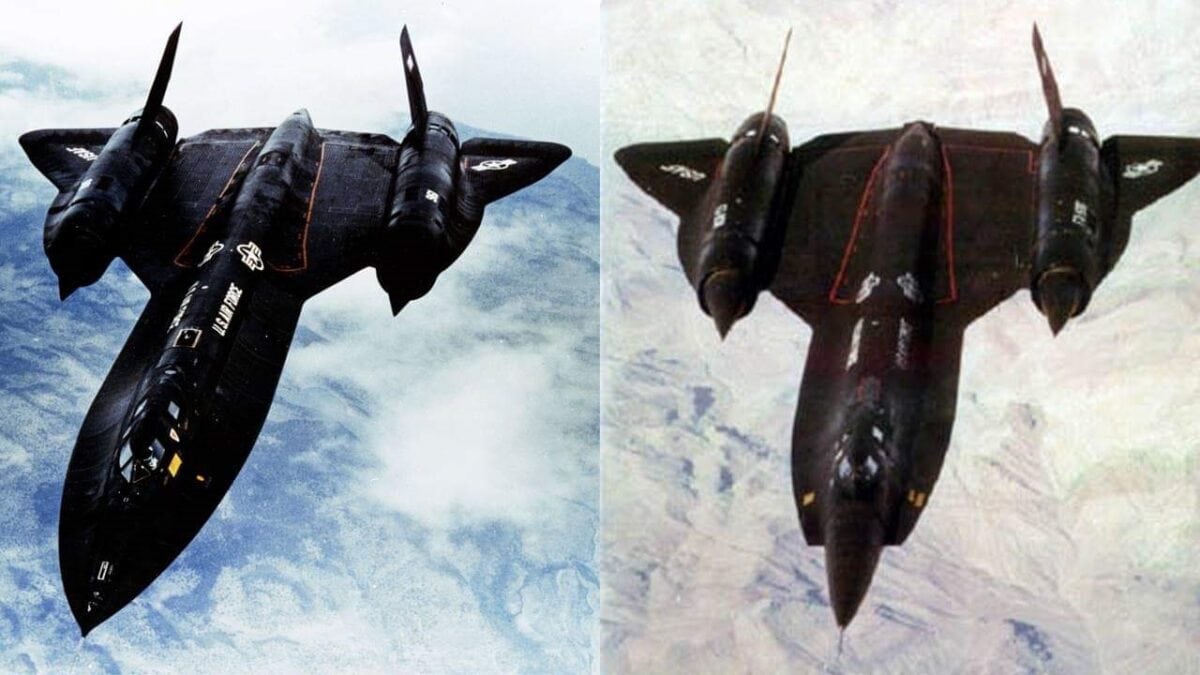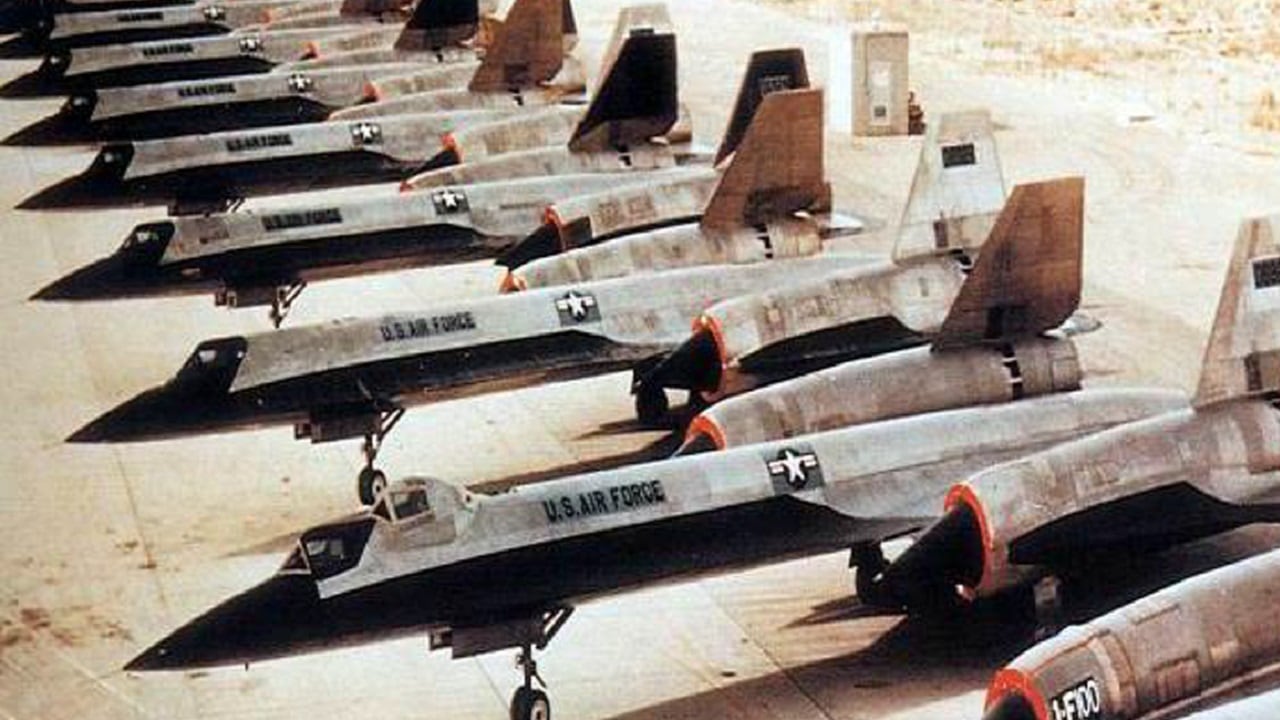You’ve heard of the SR-71 Blackbird, but did you know there was another spy plane that was faster than the Blackbird named the A-12 Oxcart?
Yes, it was an unusual name. The Central Intelligence Agency gave it the code name Oxcart and it stuck. This might have been the CIA’s attempt at irony because the A-12 was no obstinate beast of burden like an ox. This thing was an incredible feat of engineering.
What Was the A-12 Oxcart?
Piloting the MACH 3 Oxcart that could fly 3,000 miles on its original supply of fuel and rise up to 90,000 feet, was no simple job. Pilots had to first work for the CIA and wear spacesuits with a cooling system due to the outrageous temperatures the Oxcart produced – 500 degrees Fahrenheit in the cockpit.
The airplane was long and skinny – resembling the SR-71, but smaller. Two huge engines provided the high speeds. The wings were swept back but not wide and the nose pointed outward prominently.
The CIA wanted detailed recon photos and lots of them. To accomplish this mission, the Oxcart needed to be able to evade air defense systems and spoof enemy radar with the best electronic countermeasures of the era. Lockheed Martin-built 15 A-12s and they did yeoman’s work during the Vietnam War.
A-12 Oxcart, the Early Days
Production of the Oxcart began in 1959 after the CIA determined it wanted a better spy plane than the U-2. The U-2 began flight in 1956 and the CIA was worried early on. Initial missions of the U-2 were being tracked by the Soviets. The CIA needed an improved airplane. Their fears were justified when a U-2 piloted by Francis Gary Powers got shot down over Sverdlovsk, Russia on May 1, 1960.
The CIA, at the direction of spy chief Richard Bissell, began developing an airplane that could fly faster and higher than anything in the American fleet. Lockheed Martin and General Dynamics set out to build what the CIA wanted. The decision for the new program went to the top of the food chain. President Eisenhower was informed after the CIA held a blue-ribbon panel on the Oxcart and the commander-in-chief decided to fund the new spy plane program.
Lockheed Martin Would Get the Contract
Lockheed Martin won the bid over General Dynamics in 1959. According to Air Force Magazine that re-published an original de-classified CIA report from 1971, “the CIA authorized Lockheed to proceed with antiradar studies, aerodynamic structural tests, and engineering designs.”
Almost Everything Was New
The main hurdle was the engine that could pump out MACH 3 speeds. Pratt & Whitney gave it a go and delivered the J58 engine. Next was producing a camera, flight controls, and navigation systems. The camera alone required three years to perfect. Next was the cockpit, perfecting the lubricating oil, and designing special fuel tanks. The bird was going to need titanium that could stand ultra-high heat of 550 degrees Fahrenheit. Since the titanium was so hard to work with, regular factory machinery was not going to cut it. Each Oxcart was built by hand from the ground up.
First Flight and Ensuing Accidents
Finally, in April 1962, the first Oxcart was delivered and the initial test flight lasted 59 minutes. But Lockheed had trouble with the engines which did not have the correct air inlets, and this caused unacceptable turbulence. There was also a crash in 1963 that had designers scratching their heads. A total of three airplanes would be lost to various problems during testing and two other accidents that killed two test pilots before the program was terminated in 1968.

A-12 Oxcart. Image Credit: Creative Commons.

A-12 Spy Plane. Image Credit: Creative Commons.
The A-12 Oxcart Plowed Fertile Ground
But after much tinkering, with engineers working three shifts a day, the Oxcart was finally ready for the flights that would go MACH 3 and have the ceiling and range that the designers wanted. This was a tremendous achievement and would prove important in future spy plane development due to advances in everything from pilot survivability, secrecy, cameras, engines, aerodynamics, radar evasion, and working with titanium.

SR-71 and A-12 side by side for comparison.
Now serving as 1945’s Defense and National Security Editor, Brent M. Eastwood, PhD, is the author of Humans, Machines, and Data: Future Trends in Warfare. He is an Emerging Threats expert and former U.S. Army Infantry officer. You can follow him on Twitter @BMEastwood.

